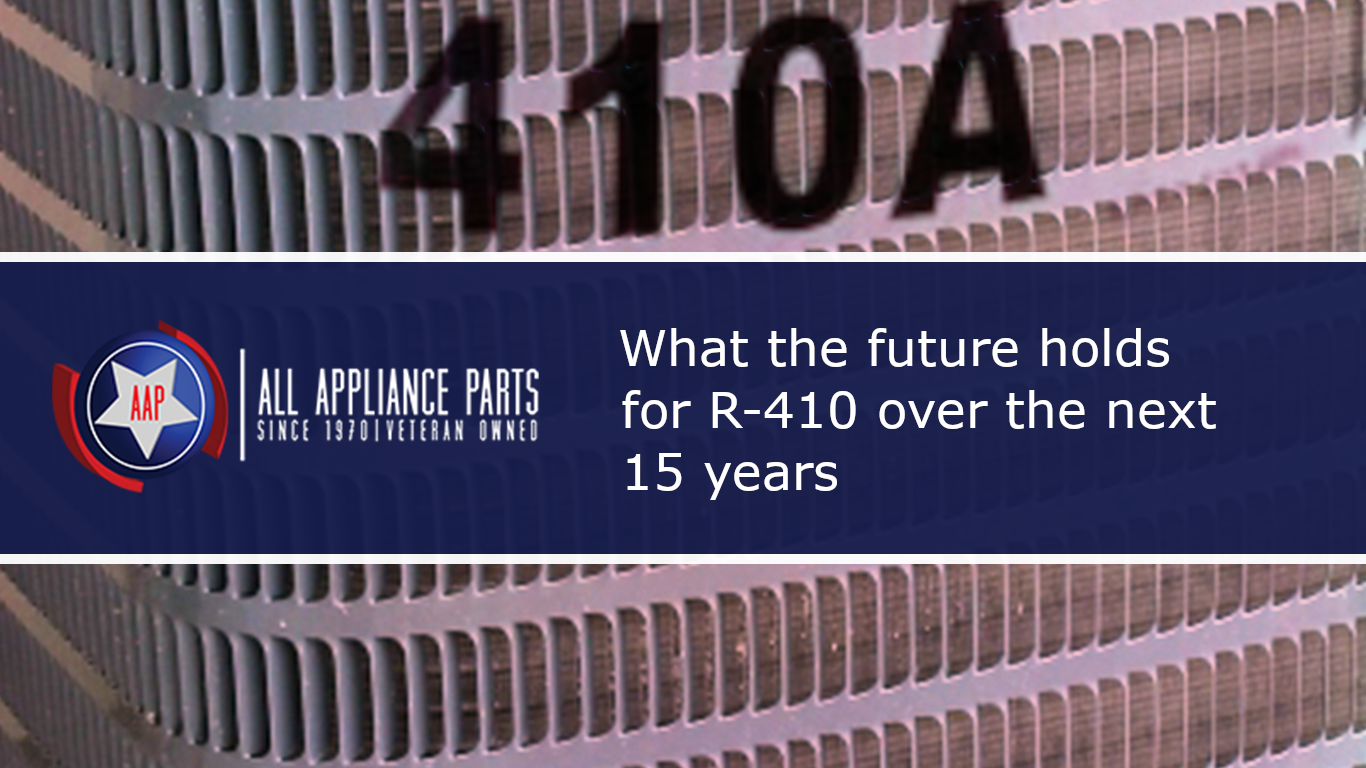As you may be aware, your air conditioning unit relies on a refrigerant commonly known as “Freon,” which is informally derived from the brand name R-12. In the past, we primarily used R-22 as our preferred refrigerant from the 1990s to the mid-2010s, but with the awareness of the phaseout of R-22 that commenced in 2020, R-410A emerged as a popular substitute.
However, if you’ve been following environmental regulations closely, you may have recently learned that R-410A, the replacement for R-22, is set to undergo a gradual phase-down starting next year. This may come as a surprise, as R-410A was initially intended to supplant R-22.
But hold on, it’s important to note that R-410A won’t abruptly disappear in 2022, just as R-22 wasn’t permanently banned in 2020. In this discussion, we will delve into what the future holds for R-410A over the next 15 years and what alternative options you can anticipate.
The phase-out of R410A refrigerant is set to have a profound impact on both homeowners and repair technicians, necessitating changes in the HVAC industry due to its high global warming potential (GWP). Here, we delve into how this phase-out will affect stakeholders and explore the alternatives to R410A refrigerant, along with the timeline for its phase-out.
For Homeowners:
- Higher Costs: As the phase-out progresses, the availability of R410A will dwindle, leading to a rise in its cost. Consequently, homeowners who require refills or repairs for their R410A-based systems should anticipate higher expenses for refrigerant.
- Transition to Alternative Refrigerants: To address environmental concerns, homeowners with older R410A-based systems may need to consider upgrading to newer, more eco-friendly alternatives. Refrigerants like R32, R-454B, and R-466A are gaining prominence as substitutes for R410A. However, transitioning to these alternatives might entail a significant upfront investment in system replacement.
- Efficiency and Performance: Some alternative refrigerants offer improved energy efficiency and overall system performance. This translates to potential long-term energy savings and increased comfort levels. To explore these benefits, homeowners should consult with HVAC professionals to determine the best replacement options tailored to their unique requirements.
- Maintenance and Repairs: As the phase-out progresses, locating replacement parts and qualified technicians who can service R410A systems may become more challenging. Homeowners should plan ahead and consider maintenance contracts to ensure their systems remain in optimal working condition.
- Environmental Impact: The phase-out of R410A aligns with global efforts to curtail greenhouse gas emissions. Homeowners who transition to systems utilizing lower-GWP refrigerants will play a vital role in reducing their carbon footprint and mitigating climate change.
For Repair Technicians:
- Training and Certification: Repair technicians must update their skills and knowledge to work with alternative refrigerants effectively. Handling procedures, safety requirements, and charging specifications can differ significantly between various refrigerants, necessitating ongoing training and certification.
- Equipment and Tools: Repair technicians may need to invest in new equipment and tools that are compatible with the alternative refrigerants they will be working with. This ensures they can service systems efficiently and safely.
- Availability of Refrigerants: Technicians will need to adapt to the changing landscape of refrigerant availability and pricing. They may find themselves working with a variety of refrigerants, depending on the systems they service.
- Customer Education: Repair technicians will play a pivotal role in educating homeowners about the advantages and considerations of transitioning to alternative refrigerants. Guiding homeowners in making informed decisions regarding repairs, upgrades, and maintenance will be crucial.
- Environmental Regulations: Repair technicians will need to stay abreast of evolving environmental regulations governing refrigerant handling and disposal. Proper refrigerant management and recycling will be increasingly vital.
Timeline for Phase-Out:
The phase-out of R410A refrigerant is guided by regional and international regulations. In the United States and the European Union, the phase-down of high-GWP refrigerants like R410A has been ongoing since the late 2010s.
The key milestones include:
- 2020s: A gradual reduction in the production and consumption of R410A.
- 2030s: Steeper cuts in the allowable production and use of R410A, leading to a significant decline in its availability.
- Mid-2030s: The potential ban or strict regulation of R410A in new equipment, further limiting its use.
In conclusion, the phase-out of R410A refrigerant will necessitate changes in the HVAC industry, impacting homeowners and repair technicians alike. As the phase-out timeline progresses, stakeholders should consider the long-term costs, environmental implications, and benefits of transitioning to alternative refrigerants, while staying informed about evolving regulations and best practices in the field. As Always All Appliance Parts is with you on this journey, we will stay on top of industry changes and will always be happy to answer any questions you have. Stop by one of our locations in Sarasota or Bradenton for all of your appliance parts needs.

